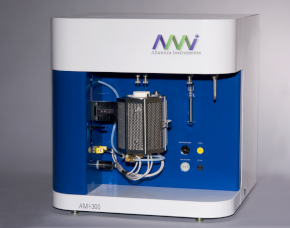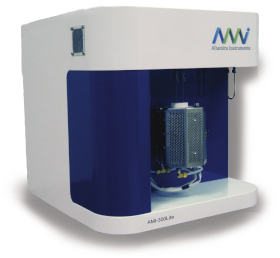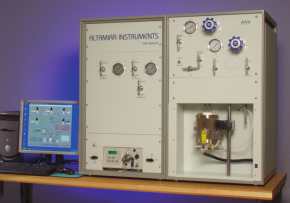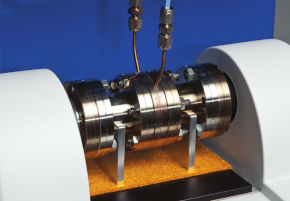Catalyst Characterization: The AMI Family
The AMI-300 is the “flagship” of the AMI Family and is the technical basis for all of the remaining models. All of the AMI instruments feature a stand-alone PC that can be tasked to perform other functions in the laboratory besides controlling the AMI instrument. Likewise, all of the AMI instruments feature dependable, LabVIEW-based control software. All of the AMI instruments are designed for performing the traditional catalyst testing experiments on an unattended basis. However, if your research requires increased throughput with the same degree of automation as the AMI-300, there are two, three, five and eight workstation versions of the AMI-300 available.
Based on our successful AMI-300 instrument, the AMI-300Lite provides rapid catalyst characterization in a compact, affordable package. The AMI-300Lite was designed specifically for the price-conscious customers with applications that are more routine or less demanding. As always, full automation and powerful data-handling software assure data accuracy and improve laboratory efficiency.
Based on our successful AMI-300 instrument, the AMI-300HP represents an automated high pressure catalyst characterization system. The AMI-300HP performs dynamic high pressure temperature-programmed experiments designed to reach 100 bar (higher pressures available in custom instruments). When integrated with a pump, the AMI-300RHP provides the most sophisticated and automated characterization and micro-reactor instrument in the industry.
Read more: AMI-300HP High Pressure Catalyst Characterization Instrument
Fully automatic chemisorption/TPD catalyst characterization by FTIR
Chemisorption and thermal desorption techniques, such as TPD (temperature programmed desorption), have been widely used for the characterization of catalysts. These techniques rely solely on the observation of evolved gases from a catalyst surface as detected by a thermal conductivity detector (TCD) or, in some cases, a mass spectrometer. With these techniques it is possible to learn about the number and strengths of sites but not about the nature of the sites, the type of adsorption, or whether there exist multiple types of sites.







